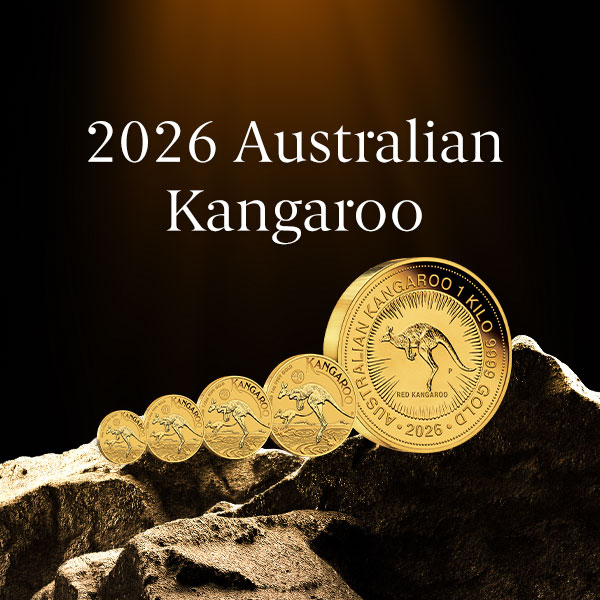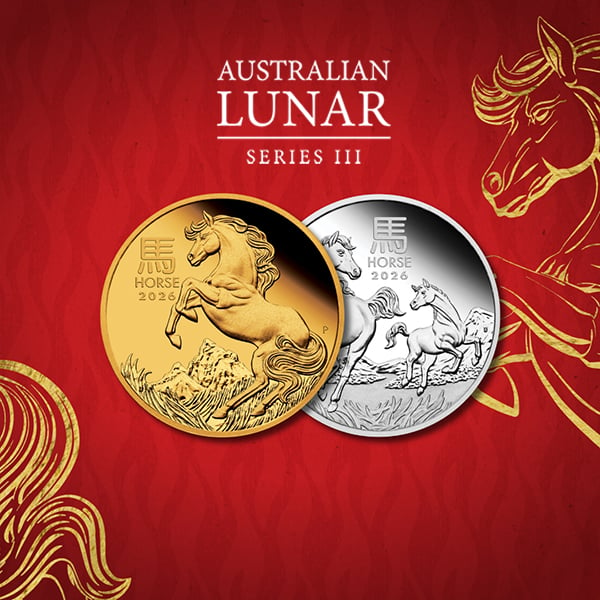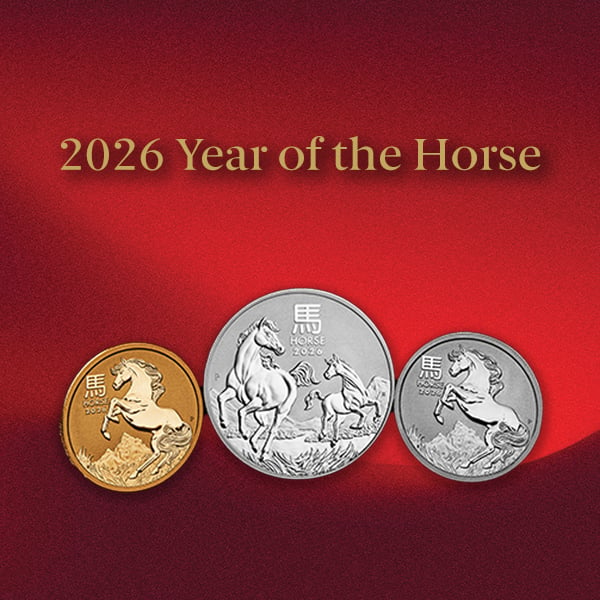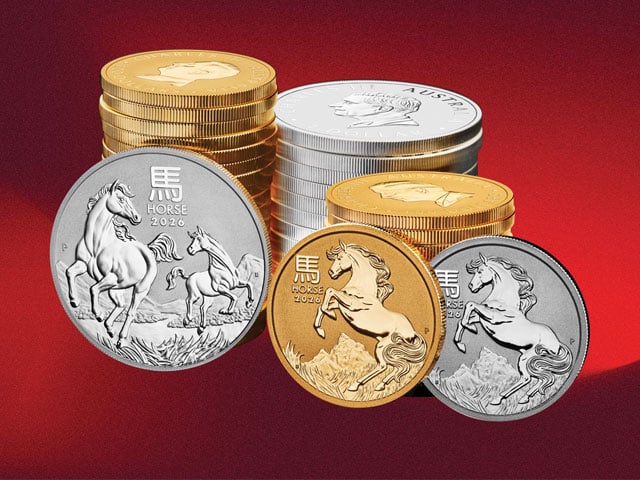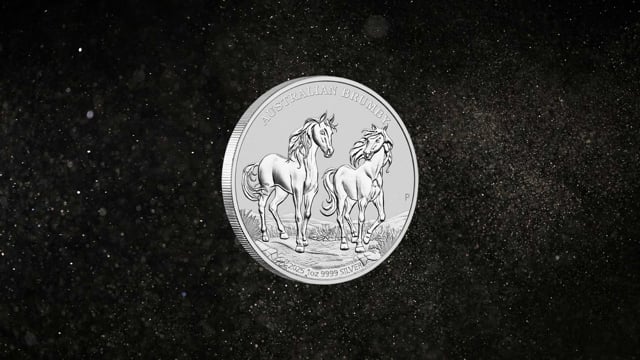Market crash drives gold demand

Despite a slight pullback in March, gold recorded its sixth straight quarterly gain in Q1 2020, up 4% in USD terms, and almost 19% in AUD terms.
Four key points for March:
- Silver fell by 15% in USD terms in March, with the gold to silver ratio rising to over 110.
- Equity markets saw significant declines in March, with the ASX 200 seeing its worst ever quarterly fall during Q1 2020, down by more than 24%
- Oil suffered its largest quarterly fall on record, declining by more than 60% in Q1 2020.
- Gold demand was strong in March, with record inflows into Perth Mint listed products, whilst sales of minted gold bars and coins topped 90,000 troy ounces, the highest monthly figure since April 2013.
March 2020 review
March 2020 was one the most volatile months in financial market history, with declines across a range of asset classes.
Equity markets like the S&P 500 in the United States saw their fastest ever fall into bear market territory (typically characterised as a decline of more than 20%), with the market dropping by more than 30% from their highs seen in late February 2020.
Australia was not spared, with the local ASX 200 falling by over 20% in March, leading to a calendar quarter decline of almost 25%. The price of oil also dropped by over 50% in March alone, with ‘black gold’ seeing its largest quarterly decline on record.
The growing threat from coronavirus has been the primary cause of the decline in equity markets globally. The extreme measures being taken to slow the spread seem likely to lead to global recession in the coming quarters.
Economic output is likely to fall by a far larger amount in aggregate than it did during the worst of the Global Financial Crisis (GFC), with almost 10 million American’s filing for unemployment in the last two weeks alone.
The volatility in financial markets and the threat to the economic outlook has led to a range of emergency fiscal and monetary policies being enacted around the globe. In the United States, the US Federal Reserve made an emergency interest rate cut of 0.50% in early March, and followed this up with a 1% cut on March 16.
The Fed has also launched what is a potentially unlimited quantitative easing (QE) program, with their balance sheet already rising above USD 5.2 trillion. On the fiscal side, the Trump administration is looking at over US 2 Trillion in stimulus spending.
In Australia, the Federal government has announced stimulus plans of over 100 billion dollars. The Reserve Bank of Australia (RBA) cut interest rates from 0.75% to 0.25% in March and implemented their own Quantitative Easing (QE) program.
Given this backdrop, it is unsurprising that defensive assets rose amongst strong demand in Q1 2020. US and Australian 10-year government bonds saw yields fall by 46% and 63% respectively, ending the quarter below 0.80%, whilst the US dollar index also rose by over 3% during the quarter.
Gold as the ultimate safe haven asset was also well supported in Q1 2020, with investment interest in the yellow metal picking up considerably. Perth Mint gold coin and minted bar sales more than quadrupled between February and March 2020, whilst silver sales tripled.
Additionally, our ASX listed product Perth Mint Gold (ASX: PMGOLD) saw more than 23,000 ounces of inflows in March 2020, almost double the previous record for any calendar month.
Some argue that the gold price should be higher than its current level given the sheer scale of the sell-off in equity markets during Q1 2020, but in many ways the price action is similar to the Global Financial Crisis (GFC).
Back then, gold actually sold off for a short period of time, as investors rushed to liquidate whatever they could, before rocketing higher as monetary stimulus saw investors turn toward the precious metal.
Outlook
Short term there are a number of factors which could push the price of gold in either direction, some of which are listed below.
Potential headwinds
- Gold and the USD have risen together for most of the last 18 months, but continued US dollar strength could hold gold back, especially if we see a sharp spike higher in the greenback.
- Low and rapidly declining inflation expectations may subdue gold prices, though gold has rallied strongly in prior periods of low inflation.
- Russia halting official purchases of gold takes out a large buyer, though net central bank demand is likely to remain positive in 2020.
- Sell off in silver and gold stocks: Strong precious metal bull markets often see silver and gold stocks outperform gold to the upside. This has not happened this time, with the gold to silver ratio ending Q1 2020 above 110, a huge increase from end 2019 when the ratio was just 85. Gold stocks (as proxied by GDX) were also down, falling by over 20% for the quarter.
Potential tailwinds
- Gold is strongly outperforming equities, with the S&P 500 to Gold ratio dropping from 2.13 at end December 2019 to 1.77 by end March 2020. This should help attract additional inflows from investors.
- Emergency fiscal stimulus and monetary policy easing are likely to support gold, with the balance sheet of the US Federal Reserve already exceeding USD 5 trillion. Unlike prior iterations of quantitative easing, there appears to be no upper limit to the current programme.
- The majority of global sovereign debt now trades at negative real yields, making gold a high yield (and zero credit risk) investment in comparison.
- Continued uncertainty regarding the impact of coronavirus on economic growth should also help support gold, even if a global recession is now the ‘base case’ for most investors.
DISCLAIMER
Past performance does not guarantee future results. The information in this article and the links provided are for general information only and should not be taken as constituting professional advice from The Perth Mint. The Perth Mint is not a financial adviser. You should consider seeking independent financial advice to check how the information in this article relates to your unique circumstances. All data, including prices, quotes, valuations and statistics included have been obtained from sources The Perth Mint deems to be reliable, but we do not guarantee their accuracy or completeness. The Perth Mint is not liable for any loss caused, whether due to negligence or otherwise, arising from the use of, or reliance on, the information provided directly or indirectly, by use of this article.


